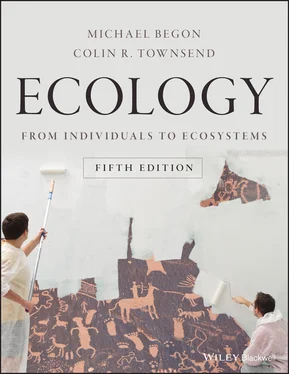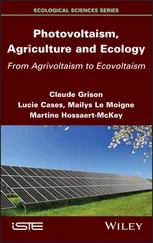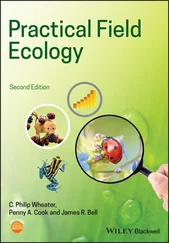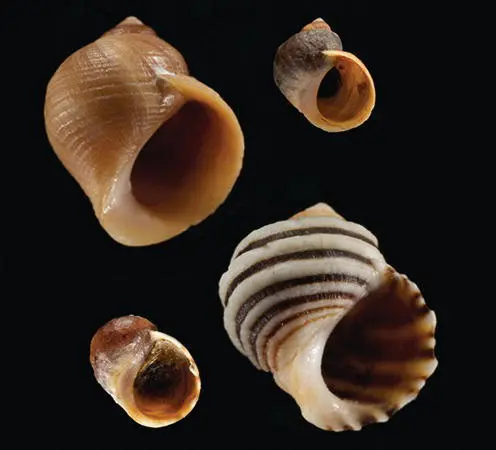
Figure 1.6 Contrasting ecotypes of the periwinkle Littorina saxatilis from Sweden and Spain.Swedish crab ecotype (top left) and wave ecotype (top right), and Spanish wave ecotype (bottom left) and crab ecotype (bottom right).
Source : From Johannesson (2015).
APPLICATION 1.2 Variation within a species with man‐made selection pressures
It is, perhaps, not surprising that some of the most dramatic examples of local specialisation within species (indeed of natural selection in action) have been driven by man‐made ecological forces, especially those of environmental pollution. These can provide rapid change under the influence of powerful selection pressures. Industrial melanism , for example, is the phenomenon in which black or blackish forms of species have come to dominate populations in industrial areas. In the dark individuals, a dominant gene is typically responsible for producing an excess of the black pigment melanin. Industrial melanism has been reported in most industrialised countries and in more than 100 species of moth.
industrial melanism in the peppered moth
The earliest recorded species to evolve in this way was the peppered moth ( Biston betularia ); the first black specimen in an otherwise pale population was caught in Manchester (UK) in 1848. The mutation event giving rise to industrial melanism is reported to have been the insertion of a transposable element (a DNA sequence that can change its position in the genome) into a gene called cortex , which plays a role in early wing development, and is estimated to have occurred in about 1819 (van’t Hof et al ., 2016). By 1895, about 98% of the Manchester peppered moth population was melanic. Following many more years of pollution, a large‐scale survey of pale and melanic forms of the peppered moth in Britain recorded more than 20 000 specimens ( Figure 1.7). The winds in Britain are predominantly westerlies, spreading industrial pollutants (especially smoke and sulphur dioxide) toward the east. Melanic forms were concentrated toward the east and were completely absent from the unpolluted western parts of England and Wales, northern Scotland and Ireland. Notice from the figure, though, that many populations were polymorphic: melanic and non‐melanic forms coexisted. Thus, the polymorphism seems to be a result both of environments changing (becoming more polluted) – to this extent the polymorphism is transient – and of there being a gradient of selective pressures from the less polluted west to the more polluted east.
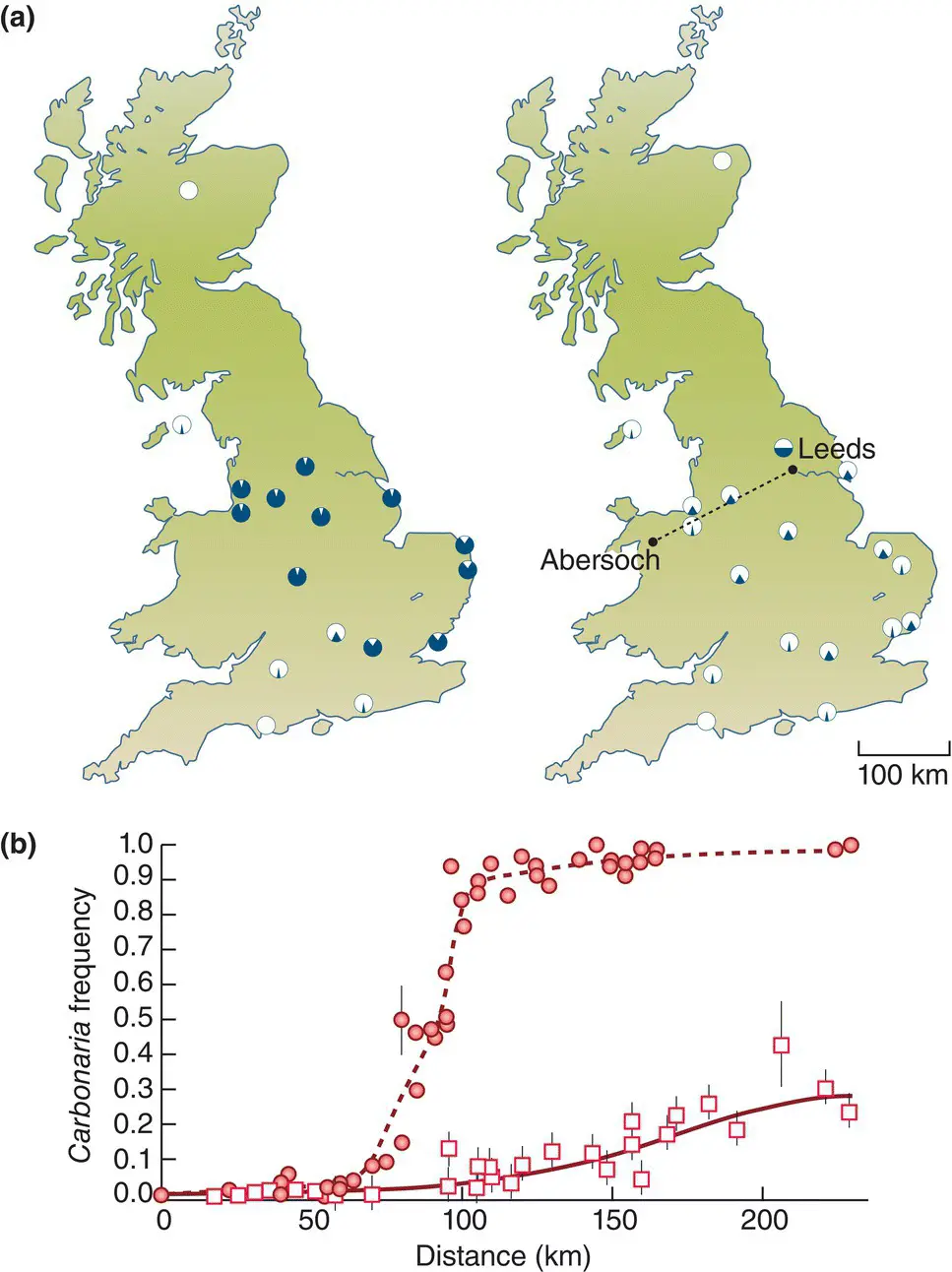
Figure 1.7 The frequency of melanic forms of the peppered moth in western Britain was high during the height of pollution from the burning of coal, but that frequency declined after the passing of smoke‐free legislation.(a) The distribution of melanic ( carbonaria ) and pale forms (blue and white portions of the pie diagrams, respectively) of the peppered moth, Biston betularia , for 1952–56 (left) and 1996 (right), for sites where a comparison between the two periods could be made. The dotted line shows the transect examined in (b). (b) Clines in the frequency of the melanic form along a transect running WSW to NSE from Abersoch in Wales to Leeds in England for the periods 1964–75 (filled circles) and 2002 (open squares). Bars are SEs.
Source : (a) After Grant et al . (1998). (b) After Saccheri et al . (2008).
The overriding selective pressure appears to be applied by birds that prey on the moths. In field experiments, large numbers of melanic and pale (‘typical’) moths were reared and released in equal numbers. In a rural and largely unpolluted area of southern England, most of those captured by birds were melanic. In an industrial area near the city of Birmingham, most were typicals (Kettlewell, 1955). Any idea, however, that melanic forms were favoured simply because they were camouflaged against smoke‐stained backgrounds in the polluted areas (and typicals were favoured in unpolluted areas because they were camouflaged against pale backgrounds) may be only part of the story. The moths rest on lateral branches or tree trunks during the day, and non‐melanic moths are well hidden against a background of mosses and lichens, especially on tree trunks. Industrial pollution has not just blackened the moths’ background; sulphur dioxide, especially, has also destroyed most of the moss and lichen on the tree trunks. Thus, sulphur dioxide pollution may have been as important as smoke in selecting melanic moths. The distribution patterns are probably also influenced to some extent by migration between sites that differ in pollution levels (male moths can move 2 km in a night while newly emerged larvae spin threads that might carry them away from the oviposition sites over even greater distances) and there may be some non‐visual advantage of melanics over typicals, but this must be weaker than the visual disadvantage associated with predation in a polluted environment (Cook & Saccheri, 2013).
reversing man‐made selection pressures
In the 1960s, industrialised environments in Western Europe and the USA started to change again, as oil and electricity began to replace coal, and legislation was passed to impose smoke‐free zones and to reduce industrial emissions of sulphur dioxide. The frequency of melanic forms then fell back to near preindustrial levels with remarkable speed ( Figure 1.7). Again, there was transient polymorphism – but this time populations were heading in the other direction as pollution was declining.
It is heartening to note that sometimes the consequences of anthropogenic pressures can be reversed if appropriate action is taken.
It is clear, then, that natural selection can force populations of plants and animals to change their character – to evolve. But none of the examples we have considered so far has involved the evolution of a new species. What, then, justifies naming two populations as different species? And what is the process – ‘speciation’ – by which two or more new species are formed from one original species?
1.3.1 What do we mean by a ‘species’?
biospecies: the Mayr–Dobzhansky test
Cynics have said, with some truth, that a species is what a competent taxonomist regards as a species. On the other hand, back in the 1930s two American biologists, Mayr and Dobzhansky, proposed an empirical test that could be used to decide whether two populations were part of the same species or of two different species. They recognised organisms as being members of a single species if they could, at least potentially, breed together in nature to produce fertile offspring. They called a species tested and defined in this way a biological species or biospecies . In the examples that we have used earlier in this chapter, we know that melanic and normal peppered moths can mate and that the offspring are fully fertile; this is also true of Anthoxanthum plants from different positions along the gradient at the Trelogan mine. They are all variations within species – not separate species.
In practice, however, biologists do not apply the Mayr–Dobzhansky test before they recognise every species: there is simply not enough time or resources, and in any case, there are vast portions of the living world – most microorganisms, for example – where an absence of sexual reproduction makes a strict interbreeding criterion inappropriate. What is more important is that the test recognises a crucial element in the evolutionary process that we have met already in considering specialisation within species. If the members of two populations are able to hybridise, and their genes are combined and reassorted in their progeny, then natural selection can never make them truly distinct. Although natural selection may tend to force a population to evolve into two or more distinct forms, sexual reproduction and hybridisation mix them up again.
Читать дальше
